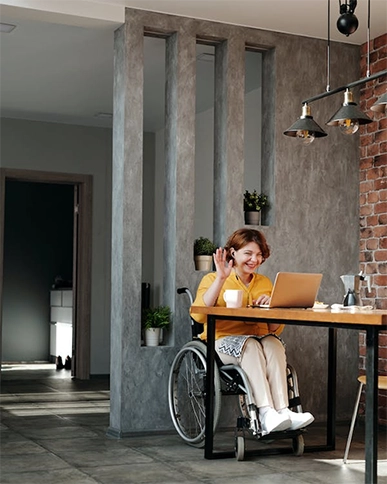There are many resources at your fingertips to help you get started with accessibility or help you with a specific problem. If you’re new to accessibility, the accessibility basics page is a great place to begin.
Feel free to browse the many pages on this accessibility website as well. They work together to connect you with the resources and guidance that the school has to offer. You will also find direction that will help you make your classroom, course, or program a place that’s enjoyable and productive for everyone.
Accessibility Fundamentals
There are many things that you can do to make your physical and digital content and events more accessible and usable for everyone. Most of the topics below can be applied to a wide variety of situations. Follow the links to learn more about accessibility:
- Accessible Events
Learn the principles and practices that make online and in-person events accessible. - Alt Text Basics
Alt text is a vital part of making digital documents and web pages more usable. It’s especially important for screen reader users. - Color Contrast
Poor contrast between text or graphic elements and the background can make it difficult to read and understand digital content. There are simple things you can do to make sure you’re using proper contrast on your web pages and documents. - Link Accessibility
Links should always be formatted in ways that make them as usable, functional, and intuitive as possible. - Social Media Accessibility
Whether you’re using Instagram, X (Twitter), Facebook, or another form of social media, these standards should be followed. Making your posts accessible is a simple way to make your social accounts more effective. - Table Accessibility
You should consider several things when you’re creating tables. By following certain principles, you can be sure they’re as accessible to your audience as possible.


